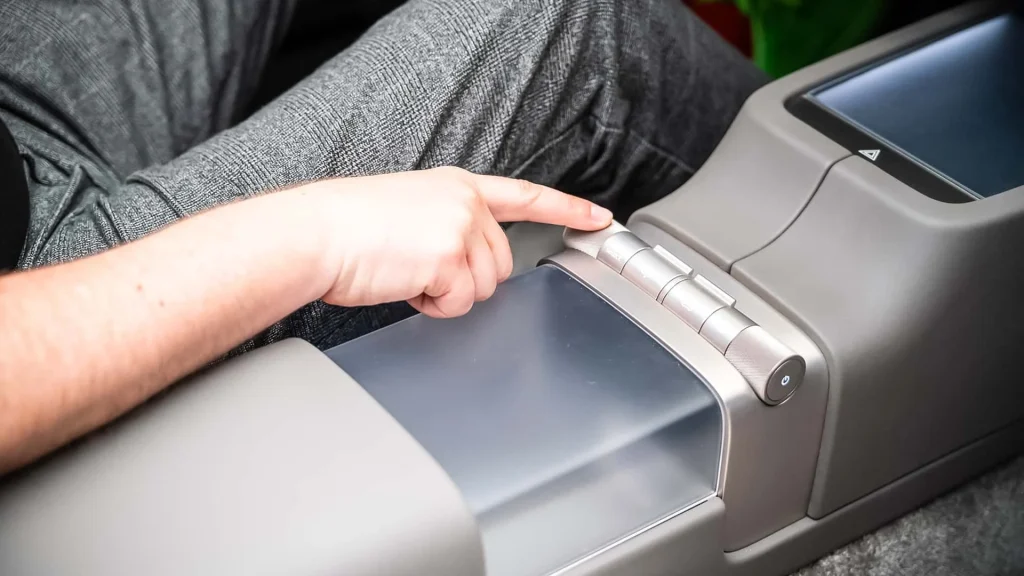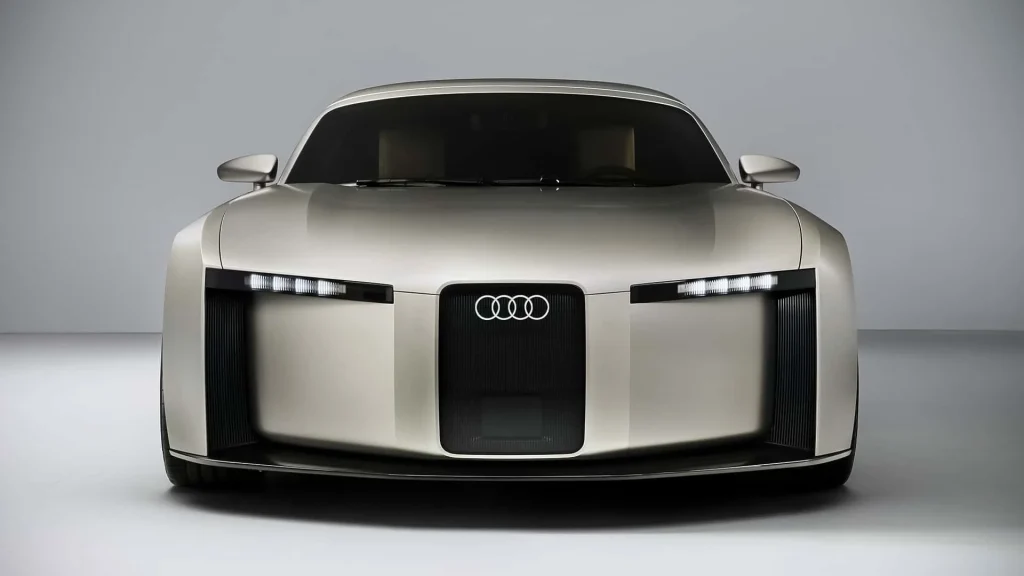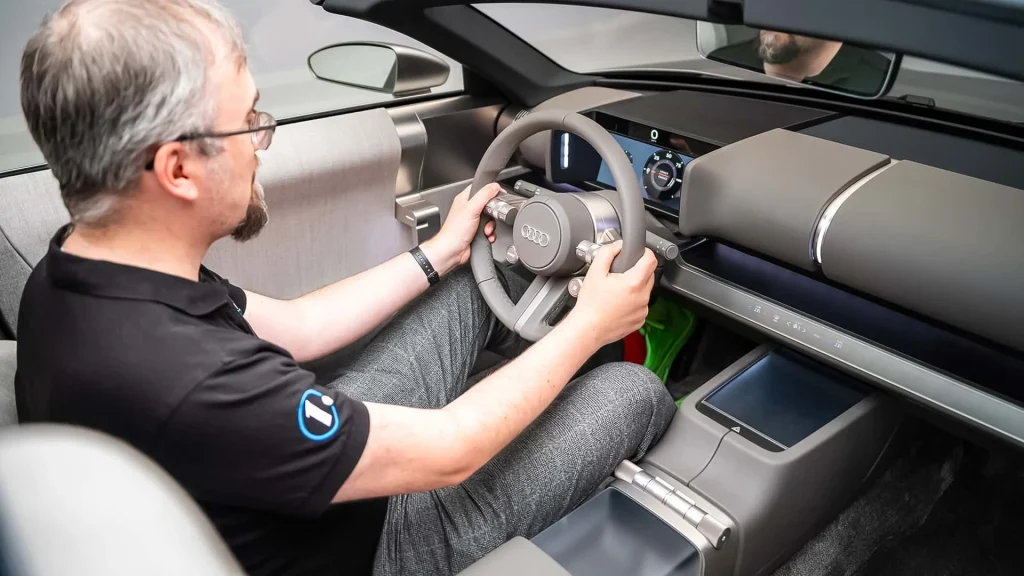Audi is bringing back some of its physical controls and explains why the change is being made
Published on Nov 27, 2025 at 8:48 PM (UTC+4)
by Ben Thompson
Last updated on Nov 28, 2025 at 5:39 PM (UTC+4)
Edited by
Emma Matthews
Audi is bringing back some of its physical controls, in a move that will no doubt delight fans.
The Concept C is already significant because it represents the electric sports car of the future.
But that’s not all – physical buttons and switches are back!
It won’t be rolled out for another few years, but what does this say about the direction the car industry is going?
EXPLORE SBX CARS – Supercar auctions starting soon powered by Supercar Blondie
Audi is bringing back physical controls – but why?
Get ready to say ‘So long’ to the touch sliders of recent Audi cars.
The physical buttons and switches are coming back stronger than a ’90s trend, to quote Taylor Swift.

The A5, the Q5, the A6, the A6 e-tron, and Q6 e-tron will all have physical rollers to adjust volume and scroll through the digital screen’s menu.
This is a move that will no doubt be welcomed by many car fans, but why has this come about?
Motor1 reached out to Audi to get some clarification and received the following response.
“The reason for the change is feedback from customers who have increasingly requested operation with physical controls,” spokesperson Michael Crusius said.

Is this something drivers really want? If so, why?
It’s not just Audi that has reversed course on digital controls.
Volkswagen did just that earlier this year, declaring that ‘it’s a car, not a phone’.
Ferrari also made a similar move after drivers grew irritated with the touch control on the steering wheel.

And who could forget the Toyota 4Runner, which was heralded for emphasizing physicality over touchscreens.
Across the board, it seems clear that drivers have a preference.
A study by What Car? magazine found that 60 percent of prospective buyers had been deterred from buying a car because of touchscreen screens, UK newspaper The Telegraph reported.
The study also found that nine out of 10 drivers preferred a car with buttons, as it made them feel safer while driving.

It was felt that drivers would be distracted if they had to take their eyes from the road to look at a touchscreen.
Vi Bilägare, a Swedish car magazine, carried out some tests which found that tasks in touchscreen cars took 30 seconds longer than in traditional cars.
The verdict is in, it seems.
But will the rest of the car industry be listening?
DISCOVER SBX CARS: The global premium car auction platform powered by Supercar Blondie




